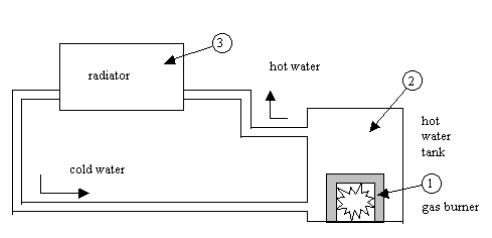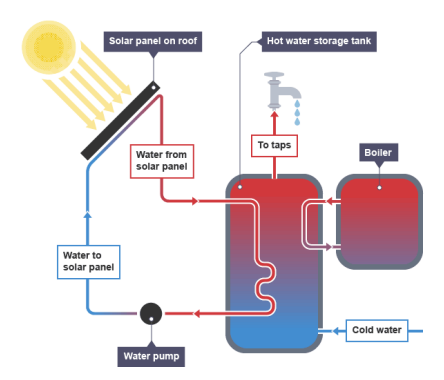Energy Resources: Heating (GCSE Physics)
Energy Resources: Heating
Energy Resources
Energy resources can be used in heating and transport. They are necessary to create thermal energy to heat up buildings or water.
Heating
- Natural Gas. Most often we use natural gas to heat up water which then runs through radiators in a house. The gas is burned to heat up water in a water tank via conduction. The hot, less dense water then rises via convection and travels to the radiator. The radiators then heat up the house via radiation. As the water in the radiator loses heat to its surroundings, it becomes cooler and more dense, so it travels back down to the water tank.







Still got a question? Leave a comment
Leave a comment